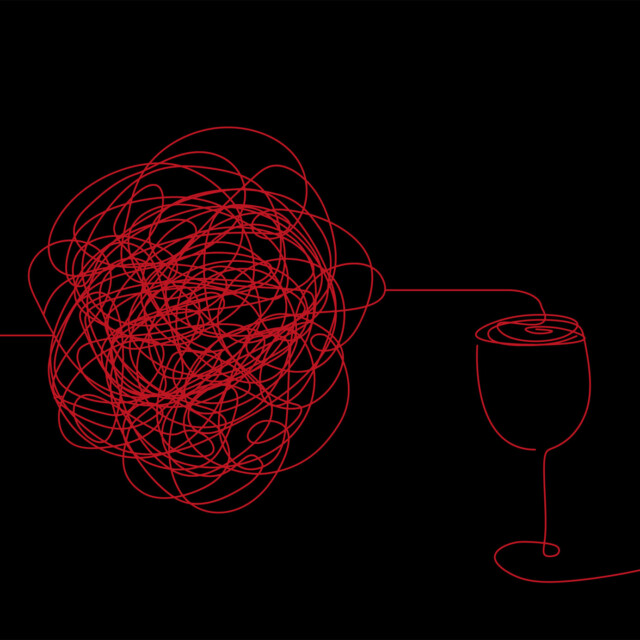Cold Duck isn’t your grandma’s sparkling wine. Or maybe it is; I don’t know your grandmother. If you’re from California, Texas, Florida or Michigan, you might have sampled the cloyingly sweet, hangover-inducing wine cocktail at a family gathering or on a camping trip. For some, it’s the endgame for a dare; for others, a beloved holiday tradition to be cherished with family. Once ubiquitous and later notorious, Cold Duck has origins that trace back to a German prince and a storied Detroit hotel.
There are as many rumors about the drink’s exact origins as there are variations on the recipe itself. But all sources agree that in the 18th century, Saxon prince Clemens Wenceslaus Von Sachsen had the habit of combining the remains of several bottles of wine at the end of his night — whether by choice or necessity; stories differ — including both red and white sparkling wine. These “kaltes ende,” or cold ends, would later be known by a mispronunciation: “kalte ente,” or Cold Duck.
In 1937, a German immigrant named Harold Borgman brought the concoction to his Detroit bar, the famed Pontchartrain Wine Cellars. His version of Cold Duck contained a mixture of Mosel wine, Rhine wine, and Champagne. The drink’s fame spread from there through the German-American community. Other versions of Cold Duck are more akin to a punch, often including dry Riesling, semi-dry Mosel, and sparkling wine supplemented with herbs like lemon balm and cilantro, sugar, sparkling water, and lemon. Cold Duck even has its own glassware: Special Kalte Ende decanters graced some bars from the 1860s through the mid-20th century. By the 1950s, winemakers around the world were bottling their own versions of the sparkling drink.
Eventually, though, the fad faded, and by the early 1970s, Cold Duck was nearly a thing of the past. A 1972 Chicago Tribune article wished the drink good riddance, noting that in 1969 one winery had reported a 1,000 percent increase in Cold Duck sales, but that its day had passed by 1971. The author bid a not-so-fond farewell to the drink, saying: “You birds have had it. Your day is over. It’s downhill all the way now, as ‘mod’ or ‘pop’ wines take over the youth market and champagne again becomes a festive wine.”
Still, the love for Cold Duck has endured to some degree. André Wines, a subsidiary of Gallo, still sells a fair number of bottles of its version made with French Colombard and Concord grapes. The wine, says marketing director Alex Lee, is “perfect on its own or in mixers for tailgates and ugly sweater parties.” Red fruit and candy are prominent in the flavor profile, says Lee, “with notes of blackberry jam and candied cherries.” Lee notes that the brand sells roughly three times more Cold Duck in December than in any other month.
“[They] collected all the white wine and then they ordered Champagne, and they got a bowl and a ladle and they continued with the Cold Duck.”
Although you might not find it on wine bar menus in the States, the drink has lived on as a party staple in Germany. Stefanie*, who emigrated from Germany to the U.S., recalls a family reunion at the end of the Cold War that began with celebration and ended in fighting — and Cold Duck.
“Everybody partied really hard,” she says. “It was getting later and later and people had a lot of drinks.” One of the East German relatives began mocking her Swiss uncle’s accent and there was “a commotion,” and the party’s host decided to call it a night — and cut off the bar tab. Not to be stopped, the East German contingent, she says, “collected all the white wine and then they ordered Champagne, and they got a bowl and a ladle and they continued with the Cold Duck.”
As to the enduring legacy of Cold Duck, Lee says: “When it comes to sparkling wines, there are very few options that are made with red wine. … It’s perfect on its own or to be enjoyed with friends and family during celebratory moments such as tailgates or holiday parties.” André Cellars’ “approachable price point,” Lee notes, might also explain its endurance, as bottles retail for around $8. Not bad for a centuries-old, eminently versatile beverage.
*Last name withheld due to decades-old family drama
